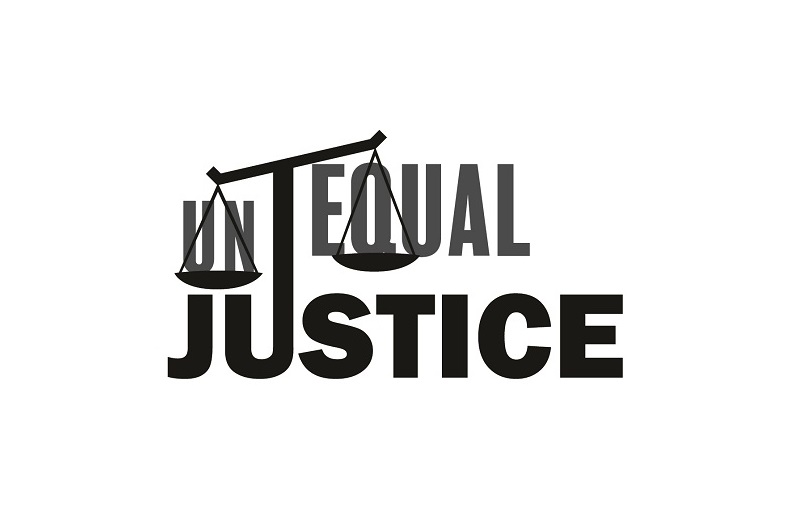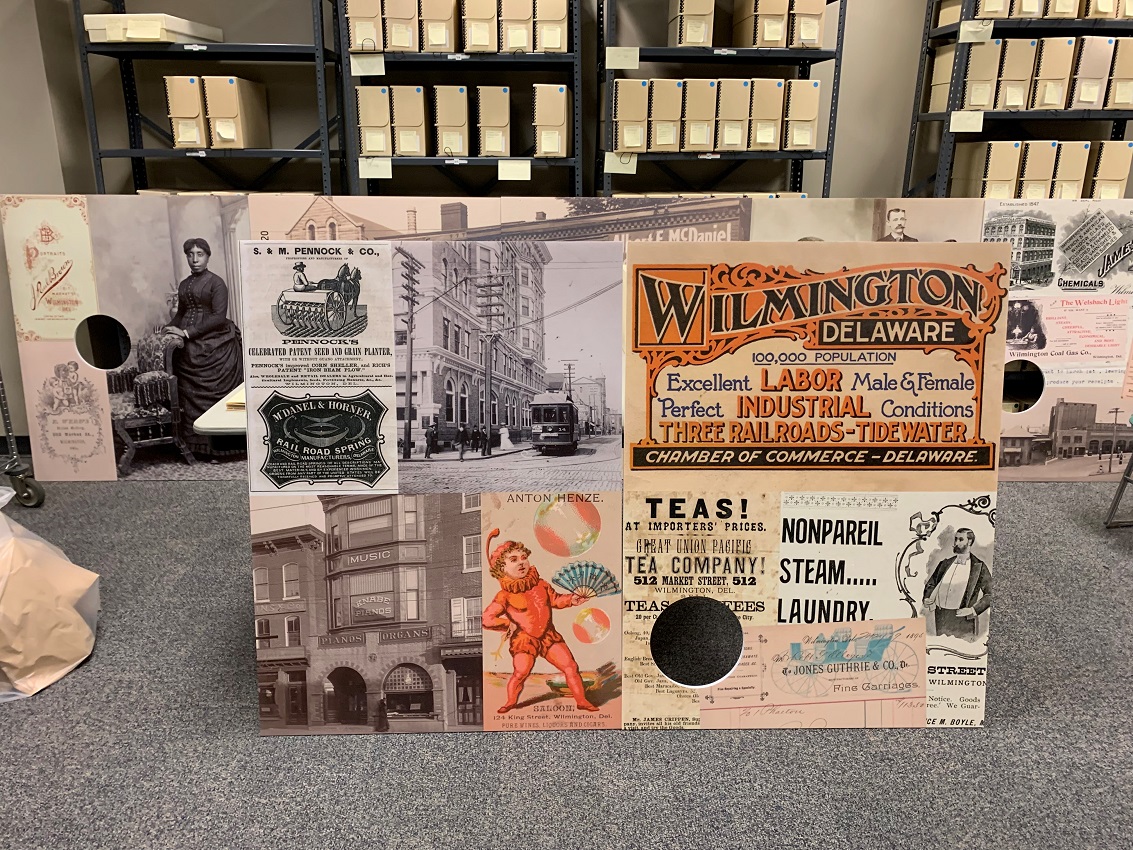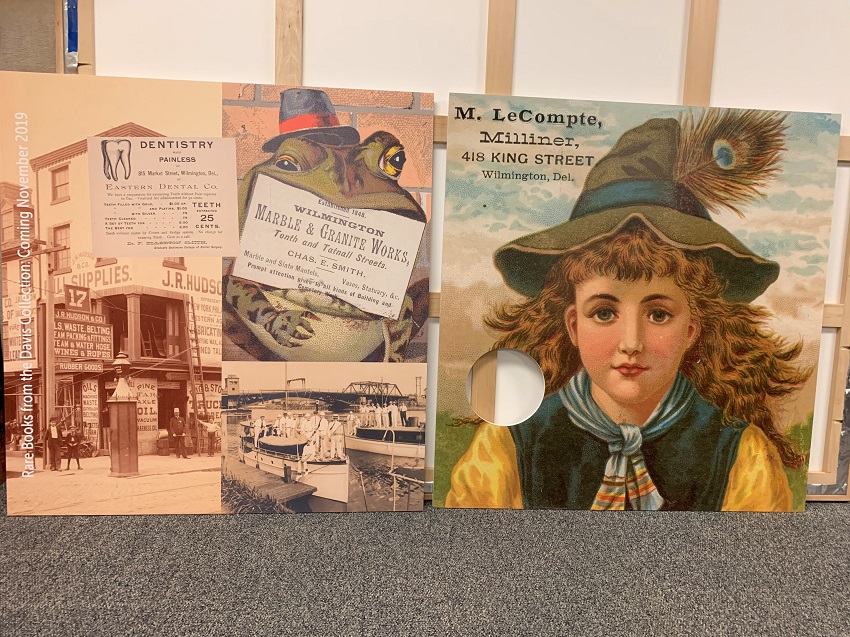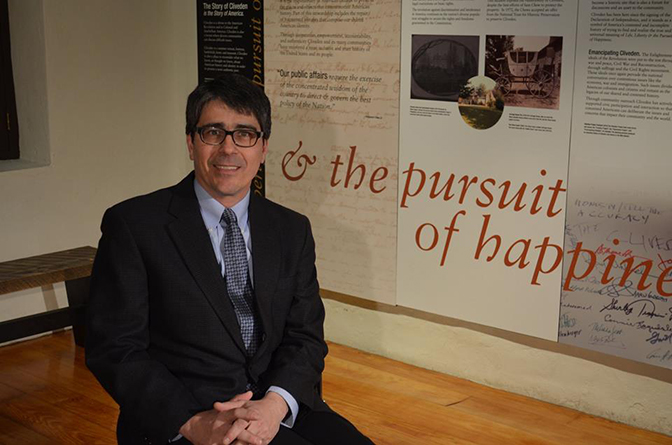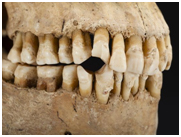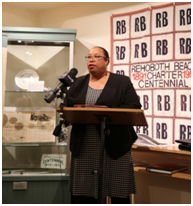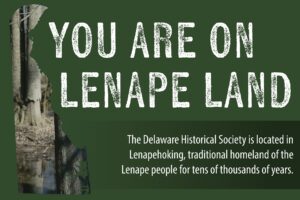January 21, 2021 – The Mitchell Center continues to be strengthened by community partnerships that support our mission of collecting, preserving, and sharing to the public Delaware’s African American History. We will be offering programs that are engaging, interactive, and provocative in a virtual space.
We are excited to present our programs for Black History Month 2021. Below are the events we have planned for February, please join us!
What will your Journey to Freedom look like?
Explore Delaware’s African American history by viewing “Journey to Freedom: The African American Experience in Delaware” which is available on the Delaware Historical Society YouTube channel. On Feb. 2nd at 4pm, join Kobe Baker, MCAAH Outreach Coordinator, to learn about the history of the Mitchell Center and our current initiatives. FREE Suggested Donation $5. Registration via Zoom Webinar is required.
Black History Month Dance Workshop
Join the Mitchell Center and Pieces of a Dream, Inc. for two workshops that connect art and dance. Using select prints from the Delaware Historical Society collections by local artist Gertrude Howland Balch (1909-1964), attendees will connect candid close-ups of Wilmington’s neighborhoods and scenes from Wilmington’s Eastside to movement before being divided into groups to discuss how the art and movement help them connect to their current neighborhood. Suggested Donation $10. Saturday, February 6, 2021, 1-2 p.m. Registration required via ZOOM; Registration is limited to 50 people. Saturday, February 20, 2021, 1-2 p.m. Registration required via ZOOM; Registration is limited to 50 people.
MCAAH launches new blog
At the Journey to Freedom Blog, we aim to create a culture of continual learning through the exploration of the stories found in Delaware’s African American history and engage our community with exclusive Mitchell Center content. Be sure to check out our latest posts!
Unequal Justice in Delaware
If you missed our Unequal Justice in Delaware virtual panel discussion, you can view the recording on the Mitchell Center blog.
Black History on social media
Be sure to follow the Mitchell Center on Twitter (@MCAAH_DHS) and Facebook (@MitchellCenterAfricanAmericanHeritageDHS) where we will highlight key figures in Delaware’s African American History!
Underground Railroad & More Stay-At-Home Enrichment Packets
Teachers & Homeschoolers – the Delaware Historical Society has your history lessons covered with our Stay-at-home Enrichment Packets – get all the info you need to teach Delaware’s history to your students.
COVID Chronicles DE
Your stories and experiences can serve as an original source of information about the ongoing COVID-19 pandemic and response. Documenting and submitting your first-hand accounts and photos will help future students, teachers, and researchers analyze and interpret the complexity of this moment and having a diverse array of perspectives will help us tell a complete story. Share your pandemic story: https://covidchroniclesde.org/.
About The Jane and Littleton Mitchell Center for African American Heritage
The purpose of the Mitchell Center for African American Heritage is to collect, preserve, research, and present for public enrichment the history and heritage of Delaware’s African Americans and it is headquartered on the Delaware Historical Society’s Wilmington campus in the Delaware History Museum.
About The Delaware History Museum
The Delaware Historical Society owns and operates the Delaware History Museum; the Jane and Littleton Mitchell Center for African American Heritage; a nationally recognized Research Library; Old Town Hall; Willingtown Square, four 18th-century houses surrounding a picturesque urban courtyard located in downtown Wilmington; and the National Historic Landmark, Read House & Gardens located in Old New Castle. For more information, call (302) 655-7161, email deinfo@dehistory.org, or visit www.dehistory.org.




